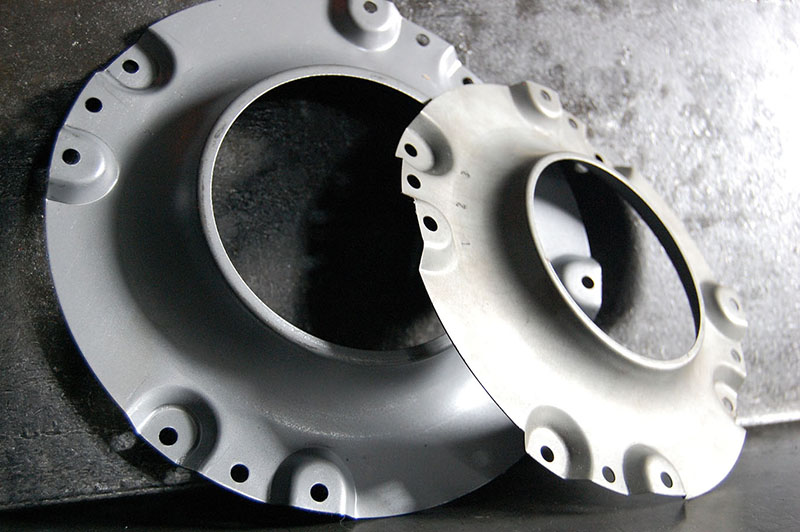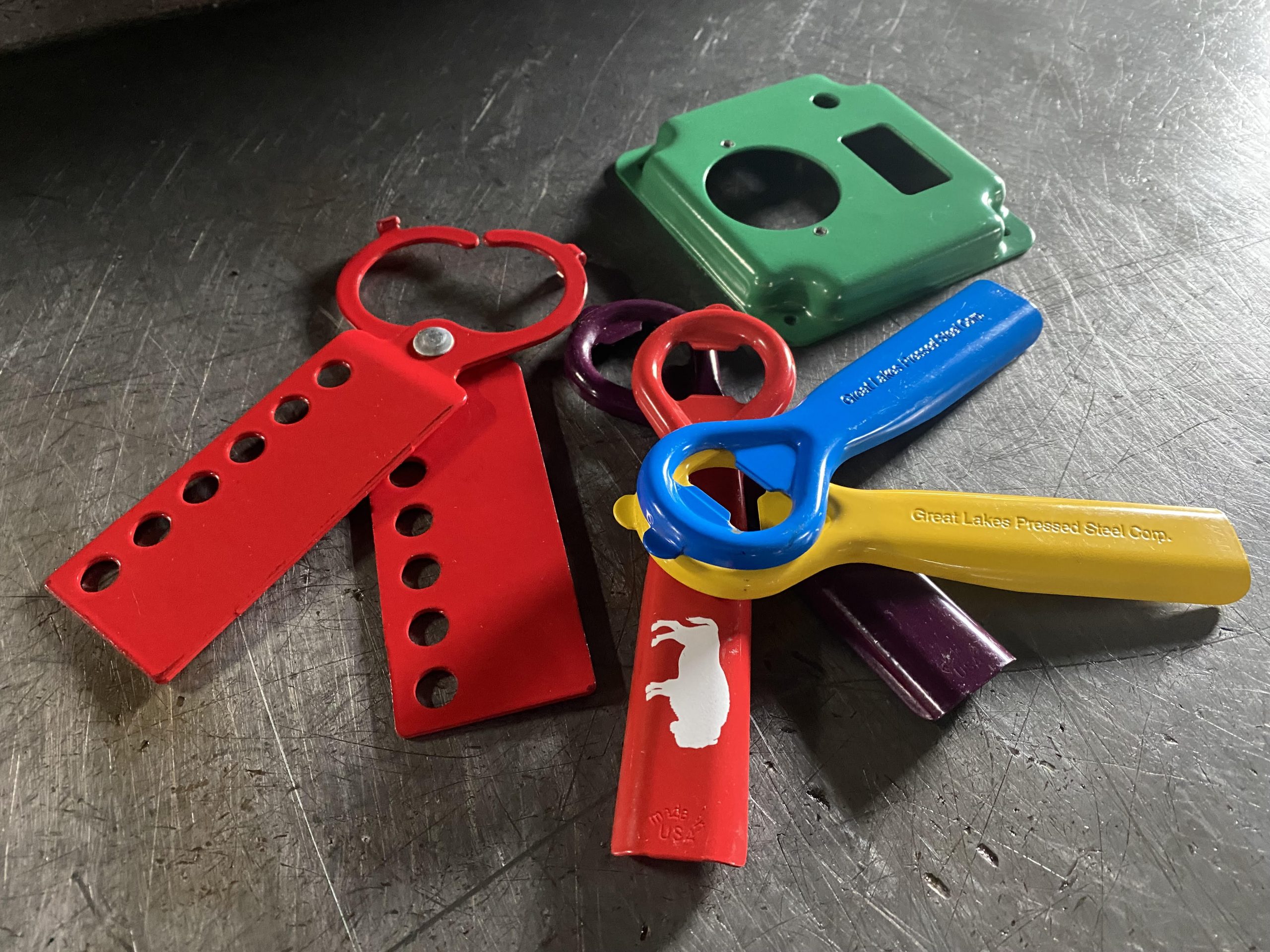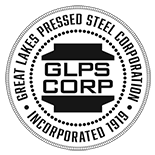Additional Services

Assembly
Whether you need a simple nut and bolt put together, or the assembly of multiple components to create your final product, the GLPS team can help. We can accommodate your individual needs to provide a final product that is ready to be boxed and shipped, eliminating the need for multiple production vendors.
Rolling
This process uses two metal rolls to reduce the thickness of a piece of metal, similar to mechanics of rolling out dough in the kitchen. Metal rolling can create very thin metal sheets, from 30 gauge thickness to quarter inch, which can then be bent or rolled into a cylindrical form to meet your product’s specifications.
Pad Printing
If your final product requires a company logo or industry compliance information, pad printing is a great option. This secondary application uses a customized silicone printing mold that stamps ink directly onto your component, regardless of the product’s 3D dimensions or finish. Pad printing can achieve intricate visual designs that are long lasting.
Laser Engraving
Laser engraving is another way to ensure that logos, serial numbers or other essential industry-standard information can be displayed on your final product. This process uses a focused beam of light to chisel away at the surface of a metal piece, leaving behind clean lines for even the most elaborate designs.

Powder Coating
A powder coating process adheres dry powder to metal, using an electrostatic charge and then cures the coating with heat or with ultraviolet light, producing a hard finish superior to traditional liquid paint.
Heat Treating
This process uses controlled vacuum heating and slow cooling to make metal components stronger, resistant to abrasions and cracking, and able to withstand wear and tear.
Plating
Metal plating is a process by which a metal component is covered in a thin coating of a different metal to improve the product’s overall strength, durability and appearance. It is an essential step to preventing rust and corrosion on steel.
Anodizing
This process uses an electrochemical process to increase the thickness of a piece of aluminum, creating a more durable finish. Anodizing improves strength and durability and prevents corrosion and rust.
Deburring
The metal manufacturing process often leaves behind small imperfections or “burrs” on the final product. Removing the burrs or “deburring” can help metal components stand up to stress and corrosion and creates a stronger, safer, more visually appealing final product.
